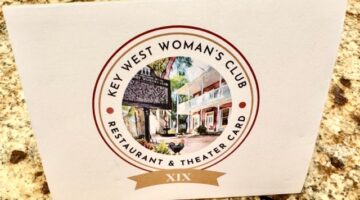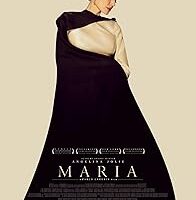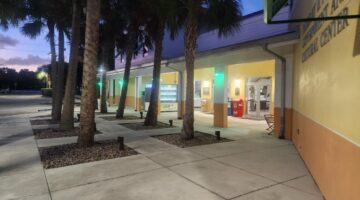Howelings
Remembering Robert Stone
By Mark Howell
There happened to be several occasions during this columnist’s wild days as an editor and reporter in Key West that we had the good fortune to encounter that great American novelist and former Merry Prankster Robert Stone. He died this month, right here in town, at the age of 77 of complications from emphysema (though he’d quit smoking back in 1982).
Bob grew up in an orphanage but as an adult he met and married Janice Burr, one of the cutest of beauties in the beatnik era and throughout his lifelong marriage to her the most gracious person you could ever hope to meet.
A movie made from one of his six remarkable novels called “Who’ll Stop the Rain,” an adaptation of “Dog Soldiers,” whose leading character he modeled on hipster Neal Cassady, hero of Kerouac’s “On the Road” and driver of the Merry Pranksters’ psychedelic bus that carried Bob Ken Kesey and friends, including Bob, across the nation in 1964 and became the main attraction of Tom Wolfe’s “Electric Kool-Aid Acid Test.”
But Robert Stone’s Pulitzer-prizewinning novel was “A Flag for Sunrise” about the politics and death squads of a Central American nation. As in all his books it was written with terrific narrative skill, totally gripping throughout and as realistic as life itself.
That realism was surely responsible for at least one of the two Stone stories that we here at Howelings are personally heir to and cannot wait to regale you with.
One of the two tales is apocryphal, the other we witnessed with our own eyes may even have instigated.
Here goes with the first tale. It is said that one afternoon, when Bob Stone was done with refreshing his thirst at the late-lamented Top of La Concha bar, he headed to the elevator and just as he was about to press the button to descend, a young co-ed raced into the elevator while the door was closing and breathlessly said to the author: “Mr. Stone, please tell me what the death squads are like in Central America.”
When the elevator arrived at the ground-floor the lobby, its door slid open and Bob Stone stepped out. Behind him, much the astonishment of the guests waiting to enter the elevator, he left behind him the slumped form of the co-ed on the floor. She was sobbing. It had taken him less than a minute to disable her with the reality of the death squads and possibly even changed her life.
The other Stone story has to do with the occasion just a few years ago when he was invited to speak at Tropic Cinema to help launch his latest book, “Prime Green.” It was a non-fiction account of that notorious time with Ken Kesey at Perry Lane in Menlo Park near Stanford and with Neal Cassady plus the other Pranksters on their way to the New York World’s Fair in that bus “Furthur” called (sic).
To help him promote the reading I was asked to interview him at his home in Key West in the company of Janice.
It soon became apparent that Bob had no patience promoting Neal Cassady in any way. To him, the legendary hipster and speed-freak driver was “simply a car thief.” To the interviewer, however, Neal was the object of a lifetime of adoration; my son Rafael even bore the middle name of Cassady (which for years he assumed was in honor of Butch Cassidy).
Bob’s abiding impatience with this long-dead beat hero was evident to both Janice and me as he continued dishonoring the man even as I went on and on declaring my admiration (probably the fault of Kerouac’s brilliantly brotherly prose — I never met Neal).
Naturally, the article ended up glowing with references to Cassady because I knew that that would fill the house.
But I underestimated. By the time I personally reached the Tropic on the afternoon of the reading, Eaton Street in front of the theater was jam-packed with a vast, overflow crowd of pony-tailed Cassady fans. I just knew how chagrinned Bob Stone had every right to be at this moment.
To tilt the balance, he ended up choosing to read a chapter from “Prime Green” that had nothing to do with Cassady, didn’t mention him once, and was about Bob’s adventures as a tabloid writer.
The moral of the story was this:
Even to fill the house, don’t mess with Bob Stone.
*****
Quote for the Week:
“You just had to stand in the middle of Constitution Square in Saigon and look around and you could see how wrong, wrong, wrong this was. It was this enormous, endless, boundless, topless, bottomless mistake, something I was not used to seeing the United States do.”
— Robert Stone reports on The Vietnam War
[livemarket market_name="KONK Life LiveMarket" limit=3 category=“” show_signup=0 show_more=0]





No Comment